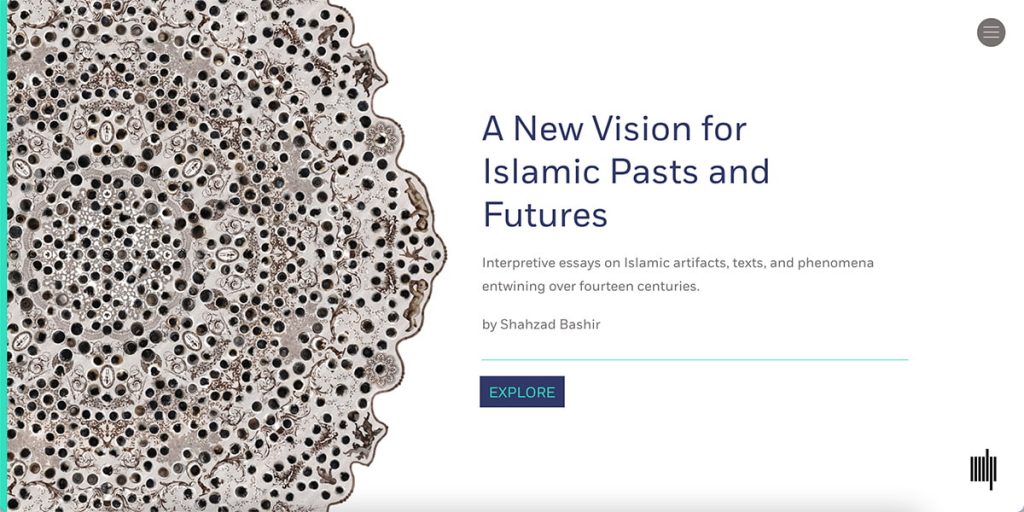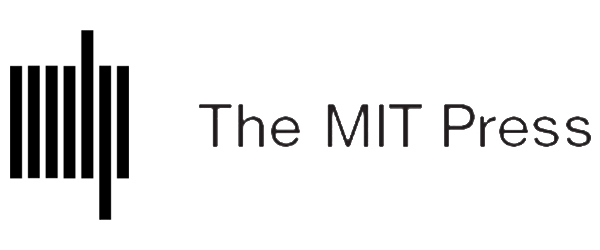A New Vision for Islamic Pasts and Futures
by Shahzad Bashir, Aga Khan Professor of Islamic Humanities, Professor of History

This groundbreaking, born-digital work invites readers to imagine Islam anew. Moving beyond conventional theological, nativist, and orientalist approaches, A New Vision for Islamic Pasts and Futures decenters Islam from a geographical identification with the Middle East, an articulation through men’s authority alone, and the assumption that premodern expressions are more authentically Islamic than modern ones. Focusing on time as a human construct, the book interprets stories and images, paying attention to evidence and methods of interpretation. Islam, in Bashir’s telling, is a vast net of interconnected traces that appear to be different depending on the vantage from which they are seen. Complementing narrative with extensive visual evidence, the multimodal digital form enacts the multiplicity of the project’s analyses and perspectives, conferring a shape-shifting quality that bridges the gap between sensing Islam and understanding it, between feeling it as a powerful presence and analyzing it through intellectual means. The book’s layered digital interface—readers enter Islam through a diverse set of doorways, each leading to different time periods across different parts of the world—allows for an exploration of and engagement with a rich set of visual material and multimedia evidence not possible in a printed volume.
Shortlisted for the Royal Institute of Philosophy’s 2023 Nayef Al-Rodhan International Book Prize in Transdisciplinary Philosophy.
Learn more about the author, Shahzad Bashir.
Read Bashir’s article, “Composing History for the Web,” which discusses the process of creating the digital book.

Digital tools for conceptualizing and narrating topics in the humanities go far beyond databases and visual mapping. The experience of creating a digital monograph has utterly transformed the way I think about academic writing.
Supported by the Mellon Foundation and the Carnegie Corporation of New York


